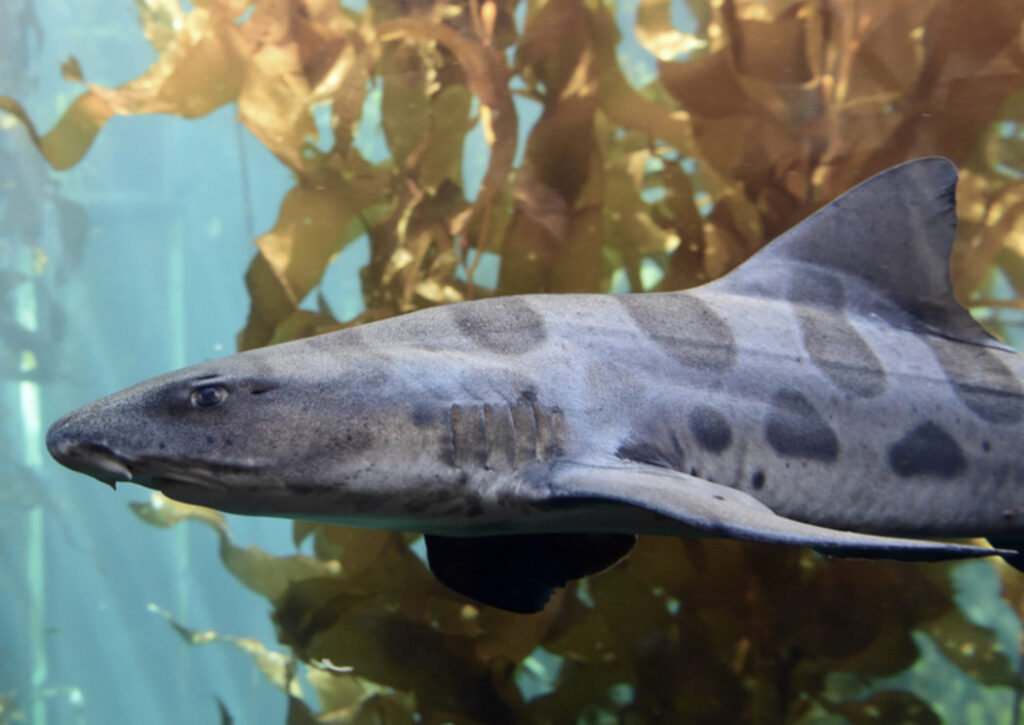Indigenous people processed the fishes’ oily flesh into preservatives, medicine, and food. When dried, the fish could even be ignited and used as candles, hence the English names “oilfish” and “candlefish.” Some Haida communities in what is now British Columbia obtained hum (eulachon oil) or saaw (dried and smoked eulachon) in trade from the Tsimshian people. In the local language of Nass-Gitksan, the fish is sometimes called ha la mootxw, which means “curing humanity.”
All those names are contained in the entry for T. pacificus in FishBase, a global database of fish species. The compendium was launched in the late 1980s by researchers who wanted to collect not only scientific data on the world’s roughly 35,000 known fish species, but also their names in as many languages as possible. FishBase now catalogs more than 320,000 fish names in about 350 languages—not just major languages like Japanese or English, but also many smaller and local ones, most of them Indigenous.
English as a global lingua franca has amassed many names for fish from around the world. But among the general public, fish knowledge has deteriorated to the point where many people can only name a handful of species, often only knowing them as filets in supermarkets. FishBase serves as a reminder of the rich relationships that different societies, especially Indigenous cultures, have with marine life. A fish’s name, after all, is more than a word: It’s a window into how different cultures view, trade, use, and mythologize fish, says Deng Palomares, a senior scientist at the University of British Columbia’s Sea Around Us research unit and a longtime data curator of fish names at FishBase. “The number of names for one fish gives you an idea of how important that fish is to the culture,” Palomares says.

